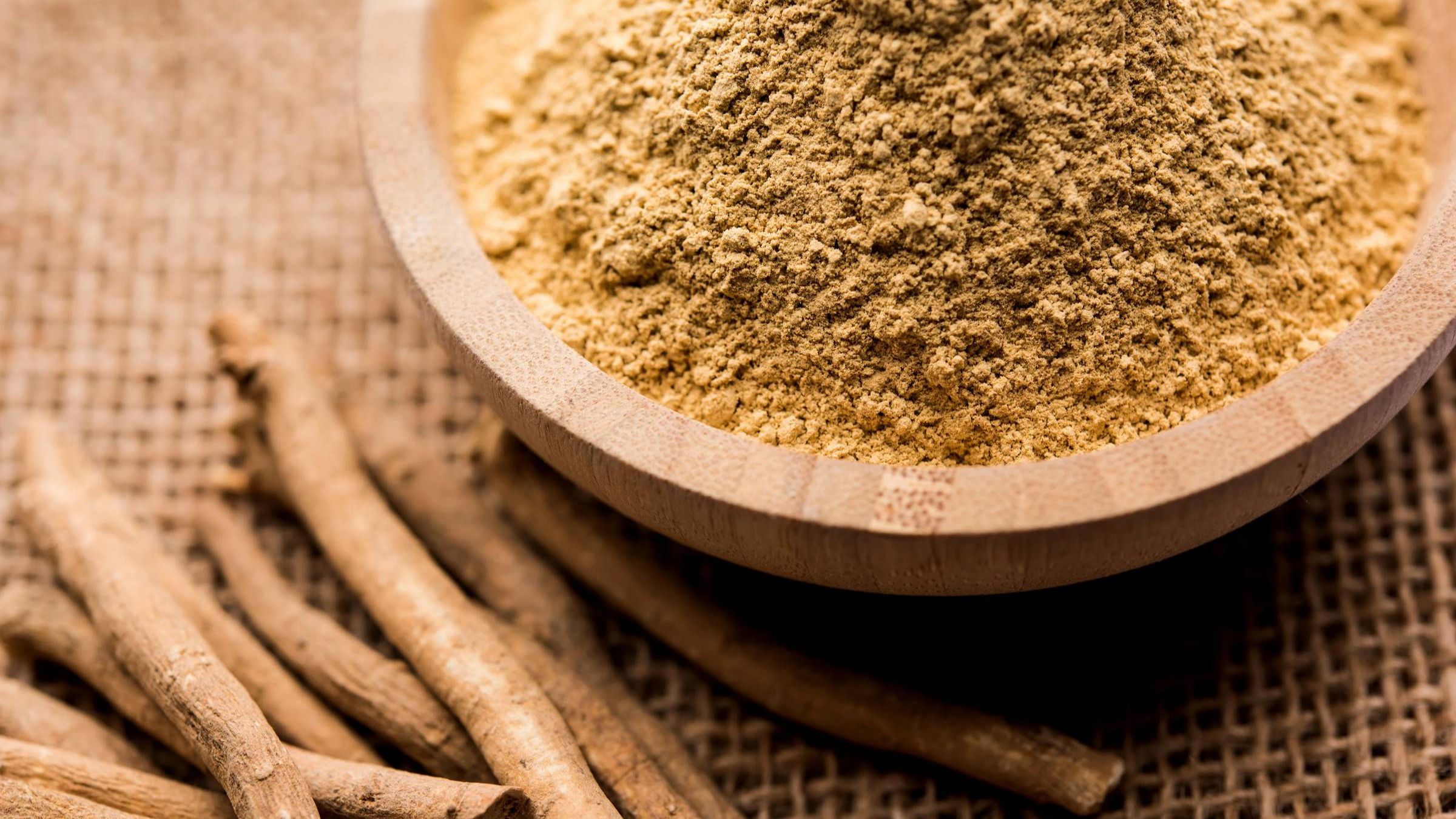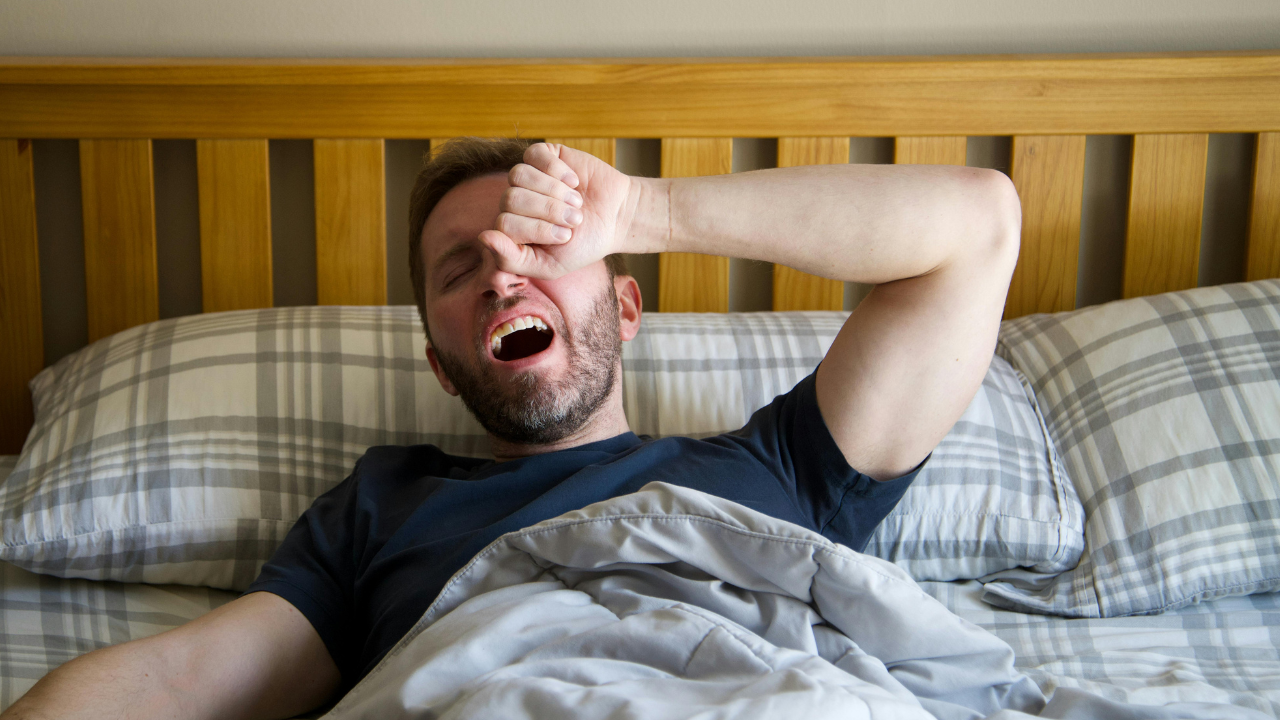A simpler (and quicker) way to track your calories.
Aug 19, 2025
I've been coaching since 2015, and in that time I've seen and heard a lot, but ten years later the same question gets put to me most weeks...
Q: Do I have to track my calories?
There's no right or wrong answer here, but the answer is very much goal dependent.
If you're looking to gain weight, then you can get away with not tracking calories. Simply adding more food into your diet will do the trick.
But if you're like most people I speak to and work with, your goal is fat loss. In my experience, both with clients and myself, tracking calories makes fat loss much more successful.
Now, calorie tracking isn't for everyone.
If someone is extremely busy and genuinely doesn’t have the time to be scanning ingredients into a phone, then it's probably not a good fit for their lifestyle.
Equally, if an individual simply doesn’t want to track their calories using an app, then who am I to tell them what they should and shouldn’t do. I can advise, but I can't tell grown adults what to do.
Or if someone has a history with eating disorders, then I'd highly advise against going down the road of calorie tracking with precise detail. This can quickly derail a person recovery.
So, in these situations, I've got a few different strategies I can go with, one of which I want to share with you today, so let's dive right in...
The Paradigm Project is for ambitious leaders ready to live pain-free, strong, and energised, making health their ultimate business asset.
Last week I shared how one of my fantastic clients lost a whopping 18kg. You can be my next success story! Read her story here.
Limited availability. Book a FREE CONSULTATION and let’s build the plan that changes everything.
Right, this approach involves you getting in touch with your inner child...
In that you're going to be eating with your hands.
Well, not really, but it does involve you measuring your calories and macronutrients with your hands.
Yes, this is called 'Hand Portion Guides' and is something I've had tremendous success with as a coach.
I had a client lose close to 10 kg using this method for the first time in her life. As you can see in the image below, she wasn't a fan of traditional calorie tracking via an app, but using hand portions worked very successfully.

Hand portion guides are exactly what they sound like: using your hands to measure your calorie and macronutrient intake.
I’ve had more than a handful (yep, I went there again 😉) of clients get incredible results by using this method to create structure around their food without having to weigh every bite or log everything into an app.
When I first learned about it on a nutrition course years ago, I was sceptical. But honestly, it really does work.
Why Hand Portions Work
- Bigger person = bigger hands = bigger portion size. It naturally scales with your body.
- No weighing scales, no measuring cups, no kitchen faff. Your tools are already built in.
- Your hands don’t change size, so you’ll always have a reliable measuring stick wherever you go. At home, in a restaurant, or even travelling.
- For people who don’t want to track calories on an app (or have a history of unhealthy food tracking behaviours), hand portions offer structure without the mental load.
That last point is the one I get the most positive feedback on.
I've had countless clients tell me they're downright sick of tracking their calories, and while I always try and get them to try it my way, sometimes the best thing you can do is try a new direction entirely.
Hand portion guides is that new direction.
Now, while I'm a fan of several methods of calorie and macro tracking, the most common one hand portion guides is in 'competition' with is calorie tracking via an app.
So, here are some of the benefits when compared to calorie tracking via an app.
Calorie tracking with an app can be useful but it comes with downsides:
- It’s time-consuming to log everything.
- It can create stress around “hitting numbers” instead of focusing on the quality of food.
- It isn’t always practical (try logging food at a restaurant or when someone else cooked it).
- Bulk cooking meals can make tracking hard, especially when several ingredients are included. E.G. cooking a chilli with beans, mince meat, veg, sauce, etc.
Hand portions, on the other hand, are:
- Practical (works anywhere).
- Flexible (you don’t need exact gram measurements).
- Sustainable (you can use it long term without burning out).
So, how do they work?
Well, as you can see from the image below:
- An open palm is used to measure a portion of protein.
- A closed fist is used to is used to measure a portion of vegetables.
- A cupped hand is used to measure a portion of carbohydrates.
- A thumb is used to measure a portion of fats.

It really is that simple. Each part of your hand represents a food group:
- Palm = protein (meat, fish, eggs, tofu)
- Fist = vegetables such as broccoli, spinach, squash, and carrots
- Cupped hand = carbohydrates (rice, pasta, potatoes)
- Thumb = fats (oils, nuts, cheese, avocado)
Now, at the moment we only have the macronutrients themselves, so next we need to go through the actual calorie values themselves.
The great thing about hand portion guides is that it counts calories and macros for you.
The figures below show general hand portion sizes.
Men:
- 1 palm (protein) 115 g cooked meat / tofu, 1 cup Greek yogurt / cottage cheese, 1 scoop protein powder, 2 whole eggs = 24 g protein, 2 g carbs, 4.5 g fat, 145 kcal
- 1 fist (veggies) 1 cup non-starchy vegetables (spinach, carrots, cauliflower, peppers, etc.) = 1.5 g protein, 5 g carbs, 0 g fat, 25 kcal
- 1 cupped hand (carbs) ⅔ cup (130 g) cooked grains / legumes (rice, lentils, oats, etc.), 1 medium fruit, 1 medium tuber (potatoes, yams, etc.) = 3 g protein, 25 g carbs, 1 g fat, 120 kcal
- 1 thumb (fats) 1 tablespoon (14 g) oils, nuts, seeds, nut butters, cheese, dark chocolate, etc = 2 g protein, 2 g carbs, 9 g fat, 100 kcal
Women:
- 1 palm (protein)~3 oz (85 g) cooked meat / tofu, 1 cup Greek yogurt / cottage cheese, 1 scoop protein powder, 2 whole eggs = 22 g protein, 2 g carbs, 4 g fat, 130 kcal
- 1 fist (veggies) 1 cup non-starchy vegetables (spinach, carrots, cauliflower, peppers, etc.) = 1.5 g protein, 5 g carbs, 0 g fat, 25 kcal
- 1 cupped hand (carbs) ½ cup (100 g) cooked grains / legumes (rice, lentils, oats, etc.), 1 medium fruit, 1 medium tuber (potatoes, yams, etc.) = 3 g protein, 22 g carbs, 1 g fat, 110 kcal
- 1 thumb (fat) 1 tablespoon (14 g) oils, nuts, seeds, nut butters, cheese, dark chocolate, etc. = 2 g protein, 2 g carbs, 8 g fat, 90 kcal
That’s it. Build your meals using your hands as guides, and you’ll naturally control portion sizes without the guesswork.

These method is for plating your food, not cooking it, so measure foods in the form you plan to eat them as this makes it easier to track consistently.
If a food is eaten cooked, you gauge it once it's cooked. If a food is eaten raw (such as salmon), you gauge it raw.
When it comes to highly processed foods such as cookies, sweets, ice cream, etc. you’ll need to count them as more than one portion.
These products or foods are typically a mix of fat and carbs, so they need to be tracked accordingly.
A simple rule of thumb: one handful equals one thumb of fat + one cupped hand of carbs.
So, now there’s no excuse for 'forgetting' to track your sweet things 😉
How Much Should You Eat?
There’s no one-size-fits-all recommendation that’ll work for everyone, but below you'll find some general guidelines that will help you get started:
- 1-2 palms of protein-dense foods at each meal
- 1-2 fists of vegetables at each meal
- 1-2 cupped handfuls of carbohydrates at most meals
- 1-2 thumbs of fat-dense foods at most meals
These are just general recommendations, so you may need to adjust these depending on your goals, diet preferences, etc.
The key with this method of calorie tracking is that it involves a certain level of trial and error to begin with.
Like any skill, hand portions take practice. At first, you might second-guess yourself. You’ll wonder if that cupped handful of rice was too small, or if that steak really counts as “one palm.”
That’s normal. You aren’t going to get it perfect straight away, but if you're patient, you'll crack it quick enough.
The more you use it, the easier it becomes - Funny how that happens 🙃
Within a few weeks, most people don’t even think about it, they just know what a balanced plate looks like.
The Bigger Picture
The goal isn’t to measure your food this way forever. The goal is to build awareness.
When you understand what a portion looks like, you’ll naturally get better at managing your intake without having to rely on apps, scales, or guesswork.
Think of hand portions as training wheels for nutrition. They give you structure, they help you learn, and eventually, you’ll ride without needing them every meal of every day.
So, if you’re tired of logging every crumb into MyFitnessPal…
If you’ve tried tracking but found yourself obsessing over numbers…
Or if you want a method that works anywhere. On a work trip, in a restaurant, at home with the family...
Hand portion guides are worth a shot.
Give it some time, practice it, and you’ll find it’s one of the simplest and most freeing ways to eat in a way that supports your goals.
Right, I hope that's been helpful.
As ever, if you have any questions on anything you've read today, my doors are always open. Just drop me a reply to this email and I'll get back ASAP.
Thanks for reading 🙏🏻
Quote for the day
"Only those who dare to fail greatly, can ever achieve greatly."
- Robert F. Kennedy




